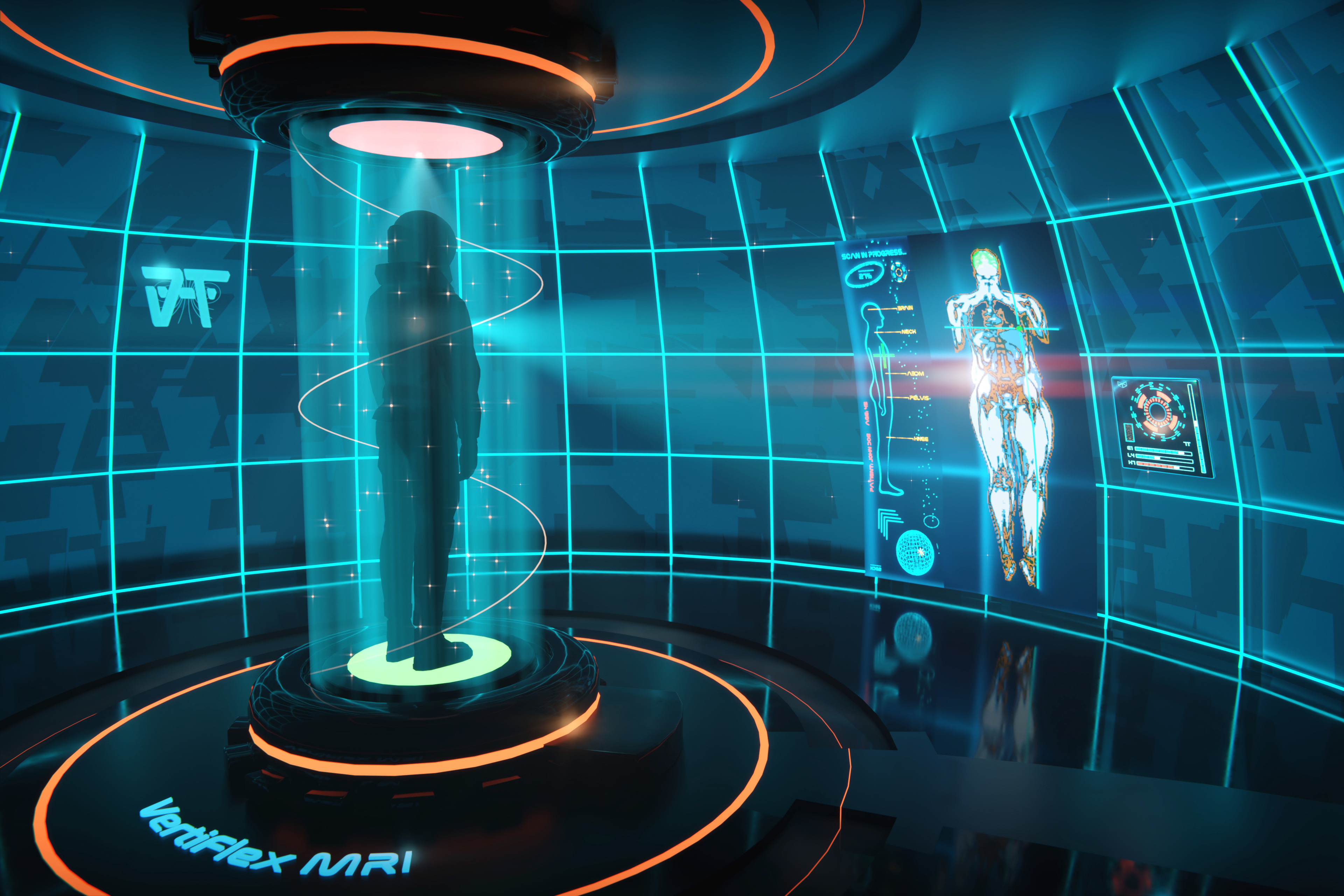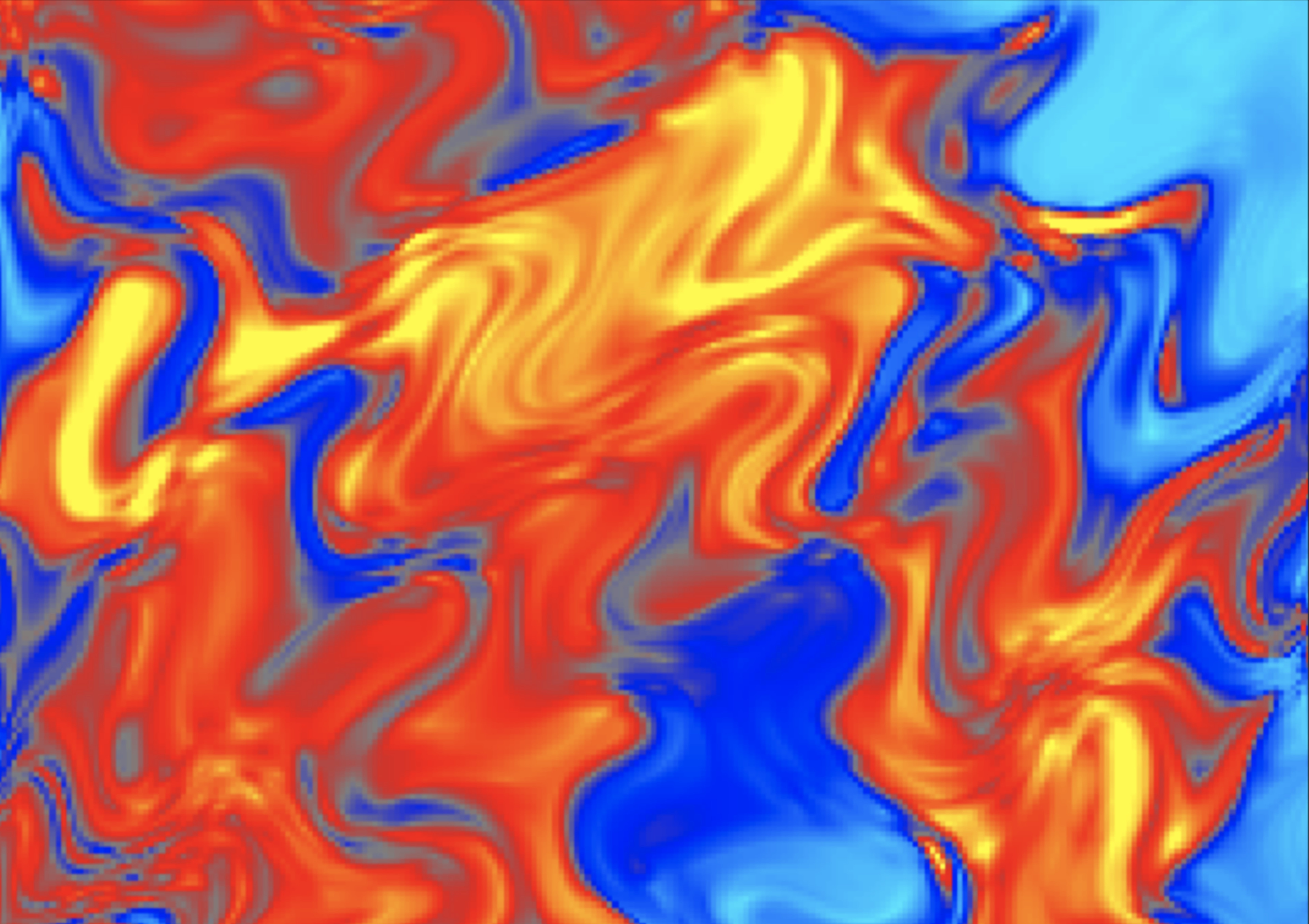Beiträge
Beiträge für ARTifact 2023
Dies sind die eingereichten Beiträge für ARTifact 2023 in zufälliger Reihenfolge. Klicken Sie auf ein Bild, um es zu vergrößern (wir empfehlen hierfür einen großen Bildschirm).

Leaves of Thought
Greta Wippich, Alice Doubliez, Enzo Nio
Imagine the nervous system as a tree, where the branches of the brain extend throughout the body like elaborate roots of information. Just as leaves use their surroundings to absorb and adapt, neurons, integrate signals to form a complex network of thoughts. Within this system, the highlighted cerebellum acts as a silent maestro of movement and emotional processes.

What did she feel?
Stephanie Antons
Every year about 10 Million people visit the Louvre, aiming to see one of the most famous paintings: Leonardo da Vinci’s "La Gioconda" better known as the Mona Lisa. A question that arises observers when they see the Mona Lisa is: What did she feel? Psychological research indicates that the asymmetric smile might express happiness and possibly some degree of sadness [1, 2]. New methods, combining ultra-high field brain imaging and machine learning could provide further insights into Mona Lisa’s feelings without Mona Lisa having to take part in an fMRI study. With our high level of expertise in neural correlates of pleasure, fear, and pain experiences, the ELH would be predestined for a project of this kind.
The artwork presented here is a collage. The photo was taken by me in Rio de Janeiro at the top of the Escadaria Selaron in Lapa in 2018. The original street art is a tile work by Jorge Selarón showing three different versions of Mona Lisa. I used a 7T MP2RAGE image assessed at the ELH to demonstrate the possible neural correlates of Mona Lisa’s feelings. Overlays representing the neural correlates of pleasure, fear, and pain were generated with Neurosynth, a term-based meta-analysis. The collage is intended to show that there could be more behind the smile of Mona Lisa than happiness or sadness, namely pleasure, fear or pain. The artwork stands for the opportunities offered by modern technologies to shed light on this and other ancient mysteries.
- Liaci, E., et al., Mona Lisa is always happy – and only sometimes sad. Scientific Reports, 2017. 7(1): p. 43511.
- Marsili, L., L. Ricciardi, and M. Bologna, Unraveling the asymmetry of Mona Lisa smile. Cortex, 2019. 120: p. 607-610.

Hippocampal Moon
Khazar Ahmadi
The human hippocampus is a key region for important cognitive functions including spatial navigation. The present ARTIFACT is inspired by astronavigation. In the old days, sailors used the position of celestial objects such as stars and the moon to find their way. Similarly, the hippocampus in our brains analyzes the position of surrounding landmarks to facilitate navigation. In this work, I attempt to show this resemblance by replacing a full moon with a brain image and its colorful hippocampi that I have acquired at ELH institute.

Beyond Boundaries: 150 Years of ELH Institute Innovation
Marcel Gratz
Step into the future of MRI in 2156, shaped by 150 years of ELH Institute innovation. The now accessible VertiFlex MRI revolutionizes the scanning encounter through its integrated platforms, elevating the scanning process to an unprecedented level of simplicity - effortlessly achieved with a step into the system.
RF pulses traverse seamlessly without the encumbrance of surrounding coils. Magnetic field gradients are fully integrated into the meticulously crafted ambiance of the architecture, thereby unifying form and function. Particularly noteworthy is the VertiFlex's unparalleled capability to dynamically adjust the magnetic field strength within a range of 0 and 93 T as needed. This groundbreaking advancement is reflected by the evolution of the ELH logo from "7T" to "v(ariable field)T", symbolizing its adaptability and versatility.
A profound stride in safety is realized through the adaptive local B0 micro-shielding, eliminating hazards and granting patients the freedom to undergo scans in everyday clothing, even with previously contraindicated devices like pacemakers. Another highlight is the CASCADE sequence (Comprehensive Advanced Single-shot Contrast Acquisition with Dynamic Enhancement), a culmination of decades of exacting research. This innovation facilitates rapid and comprehensive scans, providing patients with exceptionally detailed results within seconds, thereby significantly elevating diagnostic precision.
Accessible and affordable for all, the VertiFlex MRI embodies progress, offering a stress-free experience. This technological leap reflects a commitment to advanced, patient-centered healthcare, a legacy of the ELH Institute's 150-year journey. Welcome to an era where MRI scans are not just quick; they're seamlessly integrated into a healthier future.

Contrast - the Link Between Art and Medical Imaging
Annika Verheyen
What do an MRI image and a linoleum print have in common? They form contrasts. The contrast between black and white is also the focus point in this picture. In MR Imaging, contrasts make it possible to distinguish between different structures. In lino printing, recognisable images are created through the use of the hard borders between black and white. A connection can therefore be drawn here - between art and medical medical imaging.
Our heads are full of thoughts. The most diverse thoughts can trigger the most diverse activities in our brain - whether through visual stimulation or decision-making. In the picture, the subjects of various studies, all of which trigger a response in different areas in our brain, are visualised using lino prints.

Growing Brains
Markus May
Embark on a journey into the future of medical technology with this model of a 3D-printable brain. The precision afforded by advanced 3D printing allows detailed studies for medical research and education, opening new frontiers in healthcare science. 🧠 ✨ #3DPrinting

To scan or not to scan - the art of MR safety
Oliver Kraff
For MR safety brain and body have always been considered as one entity. Even distant metallic implants in the body may lead to restricted or even denied scans in the brain. On the other hand, a person with a medical history and potentially implanted medical devices may benefit most from ultra-high field MR imaging. Yet, almost no implant has been tested for exposure to a 7T MR system. Subjects with implants are often conservatively excluded regardless of type and location. It’s the art of MR safety to decide whether a subject can be safely scanned at 7T, and if so, under which conditions. At the ELH we have a long history of MR safety expertise and are in the vanguard of ensuring access to 7T MR technology for subjects with implanted medical devices. In this context, the yin-yang symbol fits perfectly well into the MR system. The symbol describes opposite but interconnected, mutually perpetuating forces. Similarly, our knowledge in radio-frequency coil engineering strengthens our expertise in safety considerations for implants, which in turn grants imaging for a wider range of test persons, and hence, leads to new research projects as well as more accessible MRI from head to toe. The image shows the back view of the 7T scanner and a collage of various implants that have been studied in detail to allow imaging at our MR system.

From Cravings to Ingestion: The Brain-Body-Axis revealed through a 7-Tesla MRI Portrait of CPM
Marcel Gratz, Harald H. Quick
The mind beckons with a resounding declaration: "I desire you!" Can you sense the compelling call? This emblematic dish of CPM, deeply rooted in the culinary variety of the Ruhrgebiet and Zollverein, stands alone, a gastronomic monument for discerning palates. An ARTwork of unparalleled significance, it not only evokes the essence and, in fact, the existence of the Brain-Body-Axis but masterfully brings it to life through the lens of a 7-Tesla MRI.
This masterpiece captures the very heart of the cerebral journey, from the inception of a craving in the recesses of the brain to the virtual spectacle of a 7T-MRI rendering, culminating in the subsequent act of bodily ingestion. As one gazes upon this ARTwork, an immediate and visceral longing for CPM overwhelms the senses. It effortlessly encapsulates the fleeting moment suspended between the desire for sustenance and the act of consumption.
This high-resolution 7-Tesla MRI virtual rendering of CPM stands as a reverent homage to every encounter you've had with CPM, a visual symphony that immortalizes the myriad instances of indulgence.

The Cerebellum in the Spotlight
Greta Wippich, Alice Doubliez, Enzo Nio
In the exclusive world of neuroimaging, for once the cerebellum is not just a sidekick; it's the headliner of an artwork where artifacts dare not tread. As the rest of the brain gets a timeout, the cerebellum steps into the spotlight, ready for its close-up without a hint of signal loss. It's an exclusive photo shoot where susceptibility artifacts and partial exclusions are strictly cerebral, and the cerebellum strikes poses that would make even the most seasoned sulcus jealous.

Rat Brain: A Different Perspective
Tamas Spisak
This artwork depicts a visualization of a single slice extracted from a 3D T1-weighted image of the brain of a Wistar rat. Its unconventional appearance stems from a custom non-linear spatial normalization procedure that failed to converge, resulting in this distinct image after approximately 12 hours of runtime. The visualization was crafted using the widely-used MRI visualization tool, FSLView, utilizing a red-blue diverging color palette. No further processing was undertaken, ensuring that each visible pixel corresponds faithfully to an original voxel from the "normalized" MRI image.

Are you afraid of squares or diamonds?
Greta Wippich, Alice Doubliez, Enzo Nio
If not, we can condition you to be. In our experiment, participants receive electric shocks after seeing either a diamond or a square. When participants have learned to expect a shock, their pupil size increases when seeing the corresponding geometric shape, even without a shock. This process is called pavlovian fear conditioning. The cerebellum, shown below the eyes, is active during the sensation and anticipation of the shock.